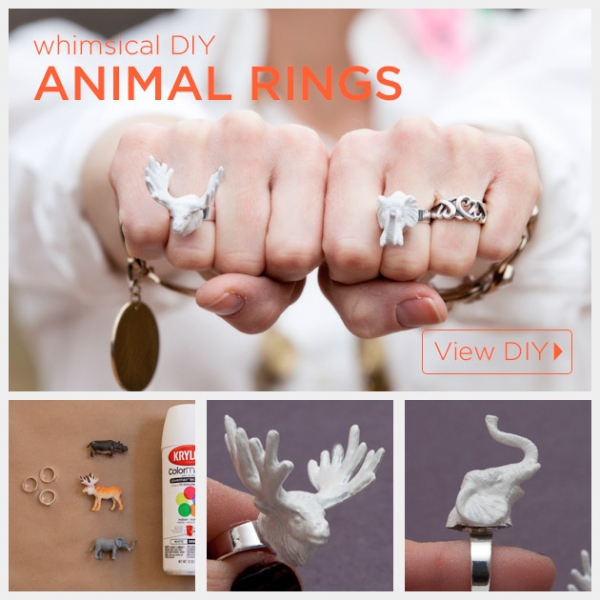
You have to love the quirkiness of these not so little rings. I can just imagine me getting my self hooked onto something or worse someone. I really like the elephant one though and it would make a great “reminder” ring. So when you wear it it reminds you to do a certain errand or chore that day. Like pick up the dry cleaning. That is actually a terrible example as I have NEVER had dry-cleaning to pickup. Does anyone actually get dry-cleaning done? I am guessing suit wearing business people? My husband has always worked in “geek” environments and also hot weather too so no suits for us. I of course work in my “normal” clothes I would say pyjamas but I actually hate staying in mine all day. I either need better pyjamas or to lower my standards. Oh and there is that little thing called the school run too, I guess I can’t wear Pyjamas there either.
